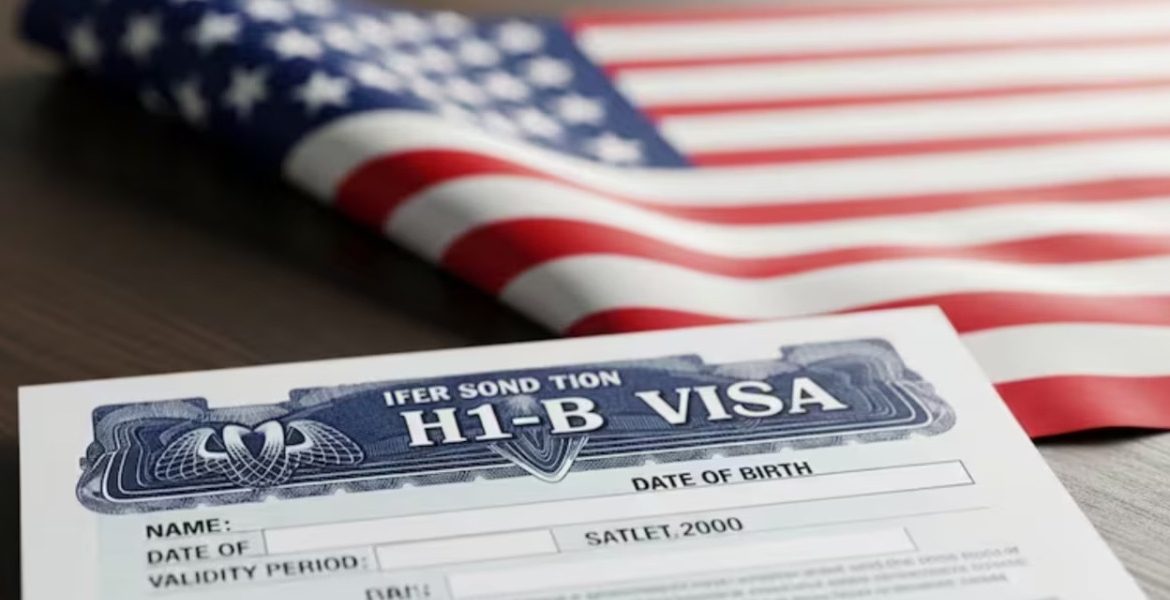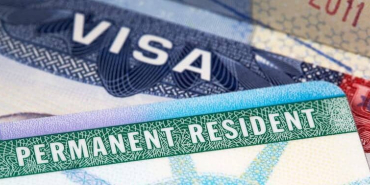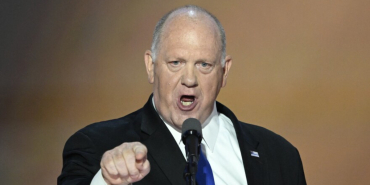US Confirms $100,000 H-1B Fee Applies Only to New Petitions

The United States government has issued formal guidance clarifying the details of the new $100,000 fee linked to the H-1B visa programme, confirming that it applies only to future visa petitions and does not affect current holders or previously approved applications.
The clarification follows a presidential proclamation signed by Donald Trump on 19 September 2025, introducing significant changes to the H-1B non-immigrant visa system. Under the measure, US employers filing new H-1B petitions on or after 21 September must pay an additional $100,000 as a condition of eligibility. The cost must be covered entirely by the sponsoring employer and cannot be passed on to the foreign worker.
The announcement led to concern among foreign professionals and employers, particularly H-1B holders who were abroad at the time of the proclamation. Many questioned whether their travel or visa status could be affected or if re-entry to the United States might be subject to new financial or administrative requirements.
Immigration experts and legal professionals have since sought to clarify the situation.
Dmitry Litvinov, chief executive of immigration technology firm Dreem, said that H-1B holders are not facing new travel restrictions and that existing re-entry and visa stamping procedures remain unchanged. According to the official guidance issued on 20 October, the $100,000 fee applies only to new H-1B petitions filed after 21 September 2025, and solely when the beneficiary is outside the United States without a valid H-1B visa.
The rule does not apply to petitions submitted before that date and does not introduce new conditions for individuals who already hold valid H-1B visas.
This clarification offers reassurance to thousands of foreign professionals currently working in the United States, confirming that they can travel and return under existing procedures without additional costs.
It also ensures stability for employers with approved H-1B applications, maintaining continuity within the skilled workforce as wider immigration reforms proceed.








Add new comment